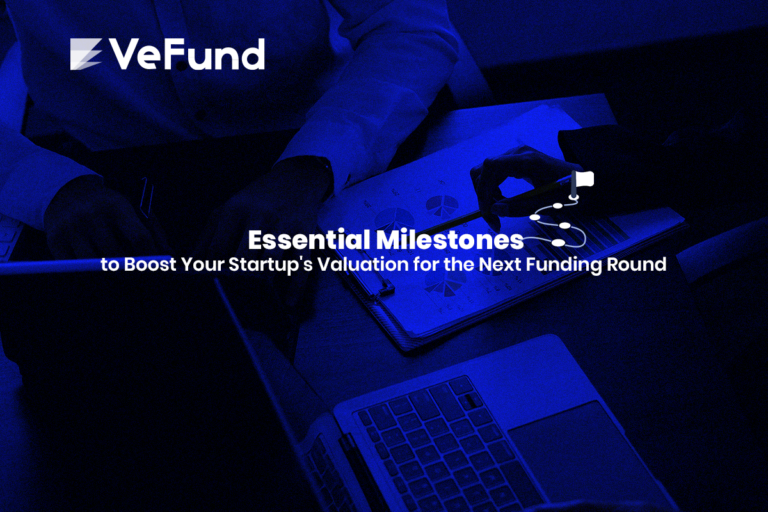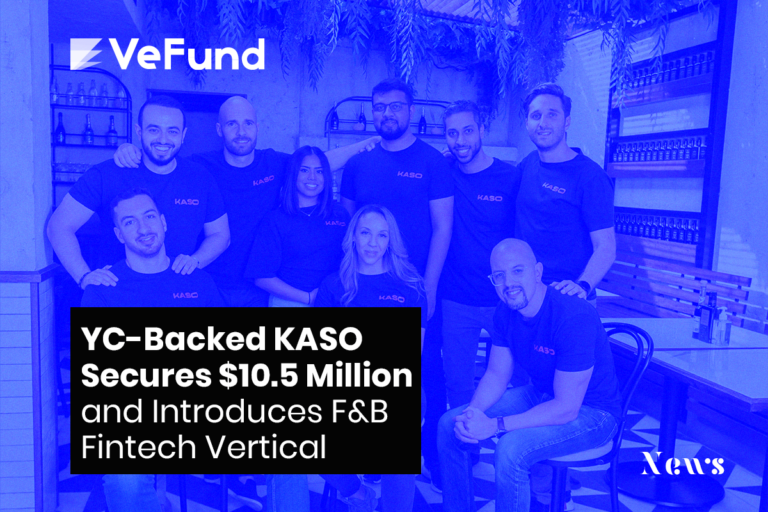Startup Valuation: Quantitative v.s. Qualitative Valuation Methods
Valuing companies, like most business fields, is part science and part art.
Once you start your valuation process, you will find yourself surrounded by multiple approaches and decisions to make.
In the best case scenario, analysts would consider the subject company as a pile of cash generator: something that takes cash in and brings cash out. With this approach, they would use a quantitative valuation method called Discounted Cash Flows (DCF).
However, this approach doesn’t solely work every time. It works for some established companies, where we can define with a high degree of certainty the cash generated.
For startups, the case is very different. Startups come in shapes.
They also transform with time. What worked once to value Uber in their first two months would not work now. The company grew bigger and different factors are coming to play.
Valuation methods for startups can be generally classified as either quantitative or qualitative. In this article, we are going to explore when it is appropriate to use each of them.
Quantitative Methods
Quantitative methods take the simple approach everyone takes when measuring the worth of something. When pricing anything, we typically take one of these three approaches:
- Measuring how much value we can gain from using it.
For startups, this is the cash generated.
Valuation methods names: Discounted Cash flows (DCF) and Venture Capital Method. - Comparing it to similar products.
For startups, this means comparing the subject startup to similar companies.
Valuation method name: Multiples Method. - Figuring out its cost.
For startups, it is how much it would cost to create a similar startup.
Valuation method name: Cost to Duplicate Method.
Both the DCF and Multiples methods are the most used quantitative approaches.
The DCF is considered by many practitioners as the best method whenever it can be used.
If analysts have a way to forecast the cash flows with a high degree of certainty, they would mostly use the DCF as the main valuation method.
Its close alternative is the venture capital method. It is also based on measuring the returns but with fewer details than the DCF.
It is preferred for startups whenever future cash can be estimated roughly without many details.
The multiples method comes in handy when there are several companies similar to the subject startup. In this case, it may be used as the sole valuation method.
Most of the time, especially for startups, this is not the case.
This drives analysts to use it as a confirmatory method, part of a mix of valuation approaches, or integrate it along with the DCF.
Startups should use quantitative methods whenever it becomes feasible. In the early stages, figuring out the future cash generated is more uncertain.
During this period, it is okay to use the DCF but without depending solely on it or giving it too much weight. The same goes for every quantitative method.
You can give around 60-70% to qualitative approaches and the rest to quantitative approaches.
If you want to try all the multiples, venture capital, and DCF methods, you can try VeFund’s automated valuation calculator.
Our calculator will help you figure out your startup’s valuation with no prior knowledge required.
Qualitative Methods
Most qualitative valuation methods are tailor-made for startups. On one side, this was to avoid relying solely on quantitative methods, especially in the early stages.
On the other side, the qualitative methods were born out of the fact that a startup’s success is not cash-based only. Many other factors, mostly qualitative, come to play and affect the odds of survival along with valuation.
To name a few, these factors include the quality of the core team, competitive advantage, the strength of the product, customer loyalty, and legal aspects.

One of the most used qualitative approaches is the scorecard method. This method compares the subject startup to the average valuation in a sector or country.
The comparison is based on the strength of the team, size of the opportunity, strength and protection of the product, competitive environment, strategic relationships with partners, and funding required.
At VeFund, we use the scorecard method alongside the checklist method. You can answer our qualitative questions using the automated valuation calculator and you will see the startup’s valuation right away.
Conclusion
Qualitative valuation methods are considered the best practice for startup valuation at the early stages. The later the stage, the less the dependency on qualitative methods.
Quantitative valuation methods are the opposite. They are considered more appropriate for later stages.
At VeFund, we use a mix of both qualitative and quantitative methods. We use different weights for every startup depending on its stage of development. The startup’s valuation is then the weighted average of both the quantitative and qualitative methods as can be seen in the following photo.

Try out VeFund’s valuation calculator and know your startup’s valuation on all the five methods.
Frequently Asked Questions (FAQs)
How many types of methods are in startup valuation?
Startup valuation methods can be generally classified into qualitative and quantitative methods. The qualitative valuation methods focus on measuring the strength of the team, the quality of the idea, the competition scene, the product differentiation, … etc. The quantitative valuation methods focus on the expected earnings from the startup, the valuation of its peers, and/or the cost to replicate the startup.
What is the best valuation method for startups?
A common practice to value startups is to choose a mix of valuation methods, not just one. Then we assign different weights for each method based on certain criteria. For example, we can divide our mix of valuation methodologies into qualitative and quantitative methods, and assign the weights based on the startup’s stage of development. The later stage of development, the more weight we give to quantitative methods.
This approach guarantees to capture the startup’s value from multiple angles.
For the early-stage startup, how important is quantitative vs qualitative data?
The earlier the stage of development, the more weight we should give to qualitative data.
Qualitative data include the team, the idea, the competition, … etc. It simply includes all the vital factors. If these factors are not functional, especially in the early stages, they are enough to kill the startup.
Another reason is startups at early stages may not be accurate enough to forecast their earnings 3-5 years into the future, making quantitative approaches a bit irrelevant.







